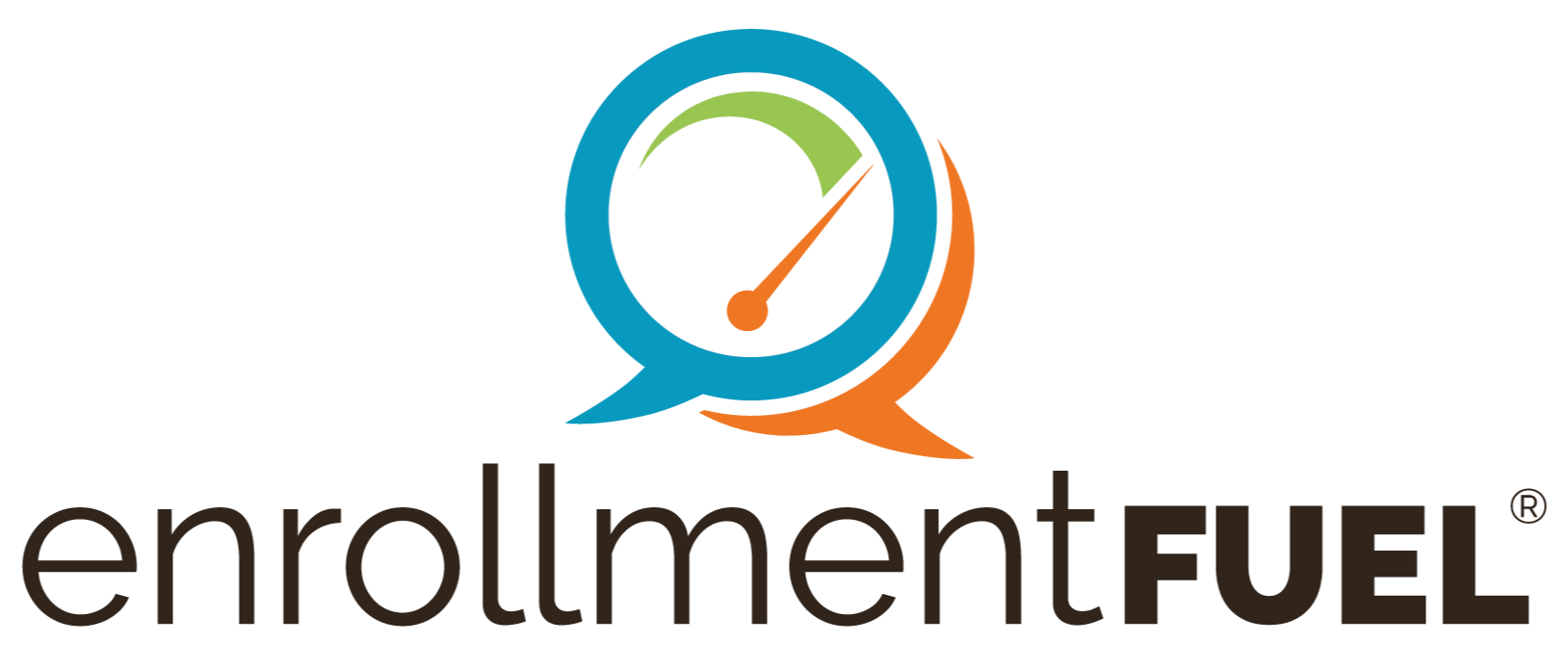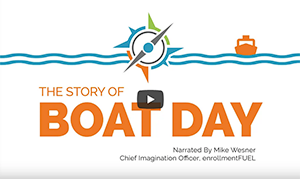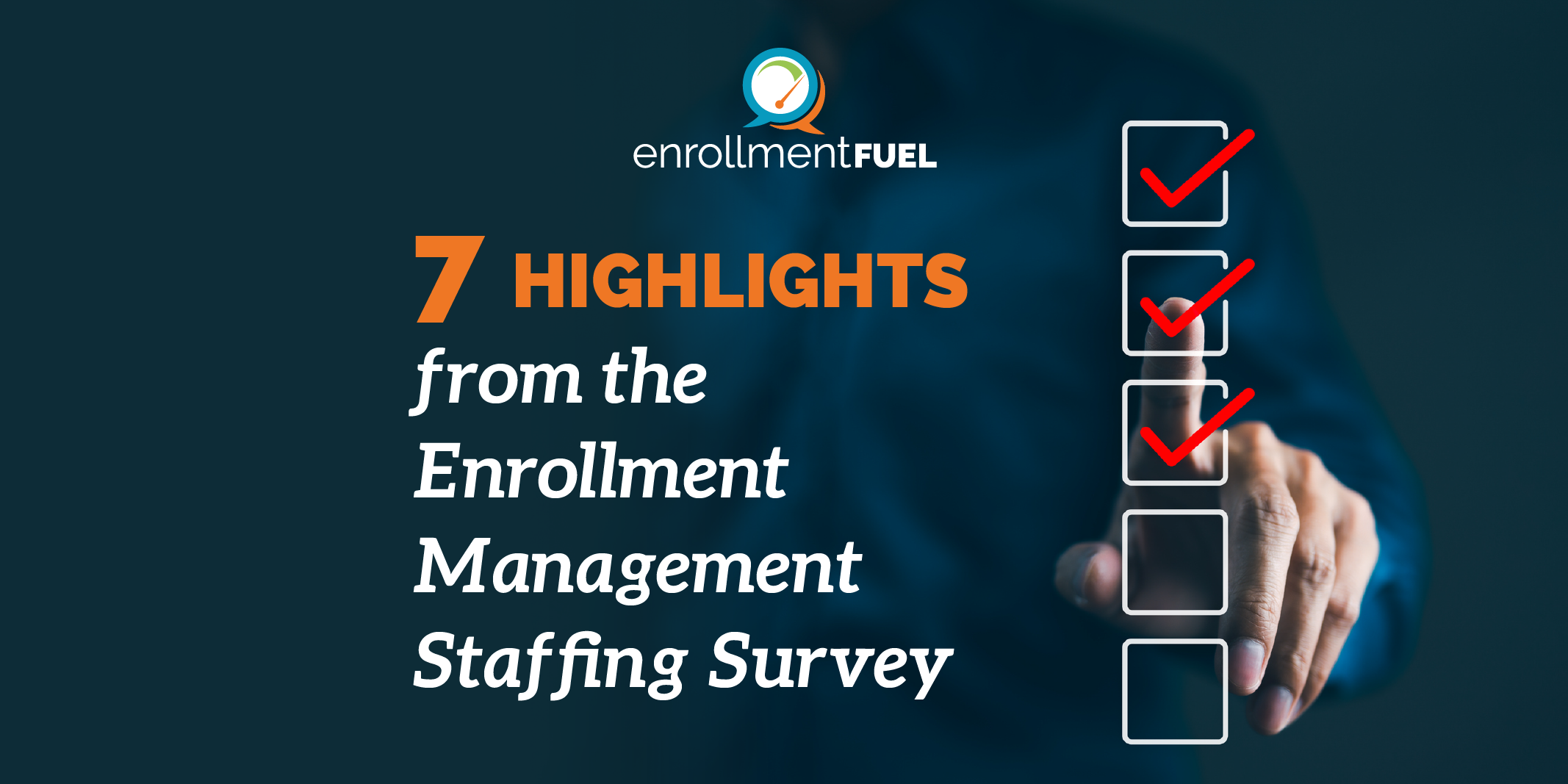In Student Search and enrollment marketing, articles have started to pop up about institutions running influencer campaigns. But they are not usually referring to flashy, in-your-face TikTok stars, with millions of verified followers who charge $50,000 a post. In the higher education world, schools are now using micro and nano-influencers to amplify and spread messages about their institution’s value, programs, and initiatives.
Micro and nano-influencers have between 1,000 to 50,000 followers. They invite people into their lives, sharing details about their favorite coffee, favorite shows, brands they love (and hate), and views on the world. Because they are willing to be open and vulnerable, they are trusted by their followers.
In December 2019, Inside Higher Ed published “Big Influencers on Campus,” reporting many campuses had begun to compile lists of students with large social media followings. Still, many schools were unsure how to work with student influencers or felt trepidation about paying students to post information.1
Many institutions put concerns aside and set up influencer campaigns when they saw a need for new tactics to promote compliance with campus coronavirus safety measures. In “Colleges Are Hiring Their Own Students as Covid-19 Safety Influencers,” published by The New York Times, an influencer program at the University of Missouri is highlighted. Of note, the marketing department hired Glacier, a Canadian influencer marketing firm, who then hired six students to share content. Each student had between 1,000 and 2,500 Instagram followers and high engagement rates.2
Engagement Rate by Reach (ERR) is one way to measure the effectiveness of a post. On Instagram, the number of likes and comments measures engagement, usually calculated as a percentage. Reach is defined as the number of unique accounts that saw the post.
ERR = Total engagements per post/Reach per post
Generally, an engagement rate of between 1% and 3% on Instagram is considered good, according to the influencer marketing agency, FYI.
You might be thinking, “All this is interesting, but what I care about is using micro and nano-influencers to help propel qualified leads into my enrollment funnel.”
We get you, and the starting point is a manual search for students who have a direct relationship with the university or college. Suppose you could leverage 25 nano-influencers who are students with networks that average 1,000 followers to relay messages through their personal social channels. In that case, you have the potential to reach a large audience – and possibly a different audience than you may find on your own channels.
While there are agencies, software tools, and marketplaces created to help brands find influencers, you may want to start by doing a manual search to check out:
- Student leaders
- Student ambassadors
- Athletes
- Recent graduates
- Program-specific standouts
A manual search also helps you spot red flags, such as:
- Radical shifts in content direction or subject matter over time
- Controversial material or views
- Conflicts with any institutional policies or values
When you’re doing a manual search, be sure to research more than a single social channel. Take time to perform a broad-based web search. Look at five to ten Google pages to be sure no hidden reputation pitfalls are lurking.
If you are trying to grow a program, you may want to consider a targeted micro-influencer strategy, leveraging niche audiences to drive interest. For example, a graduate program for nursing students could leverage ten influencers who graduated from the program or university within the profession and reach thousands of new prospective students who trust the influencer’s opinion. This influencer’s audience will often re-share posts to their network or direct message friends interested in nursing. It’s the modern-day, digital word of mouth where information is passed among peers through connected and engaged networks.
Successful influencer strategies are built on authenticity and effective content. For your influencer’s words to ring true, resonate with your audience, and impact enrollment, influencers should deliver content in their voice and tone. Content should feel fresh, exciting, compelling, and aligned with your institution’s brand. For the best results, you need a plan that offers lots of creative freedom while still providing your influencers with structure.
For example, let’s say one of your influencers – we’ll call her Mia – has 3,600 Instagram followers. Mia is a first-generation student who transferred to your school after one year at community college. She studies business, wants a career in the fashion industry, and serves as a campus ambassador.
Since Mia was a transfer student, she is the perfect person to share information on this topic. You provide the structure (what you want her to post about and when) while allowing Mia to tell your story in her authentic way.
Can you do all this yourself? Sure, but if you already have enough on your plate, consider hiring an agency that understands influencer marketing to develop the strategy, handle the details, and do the due diligence to protect your school’s reputation and brand.
Does enrollmentFUEL run influencer campaigns? Yes, these specialized campaigns are one of the many Student Search tactics we employ. If you would like to know more, call us at 919.306.8122 or email support@enrollmentfuel.com, and let’s set up a time to talk.
References
- https://www.insidehighered.com/news/2019/12/05/working-student-social-media-influencers
- https://www.nytimes.com/2020/09/26/style/coronavirus-campus-influencers.html
- https://www.findyourinfluencer.co.uk/blog/2019/4/4/what-is-a-good-instagram-engagement-rate#:~:text=In%20summary%2C%20as%20an%20industry,see%20on%20an%20influencer’s%20profile.
About the Author
Mike Wesner is the company’s founder and the creator of the big ideas that FUEL our company. He brings his entrepreneurial energy to every project and has led growth in fortune 500 companies, non-profits, and more than 50 higher education campuses. He has crafted solutions strategies for more than 400 Student Search campaigns and has reengineered the communications ecosystem on several college campuses.
Contact Mike at mike.wesner@enrollmentfuel.com to schedule a discussion to strategize about what a digital recruitment program could look like at your institution.
Related Articles
A SMALL STUDENT SEARCH SOLUTION WITH BIG WINS
In 2009, I met with the Admissions team at Duke University. Our conversation covered many topics,...
Higher Ed Blog Article | Top 5 Digital Marketing Tips | enrollmentFUEL
Increasing enrollment is at the heart of every marketing goal in the higher education world. Seems...
Adult & Grad Student Search | Higher Ed | enrollmentFUEL
Anyone working in the realm of Adult and Graduate recruitment knows that their biggest challenge is




